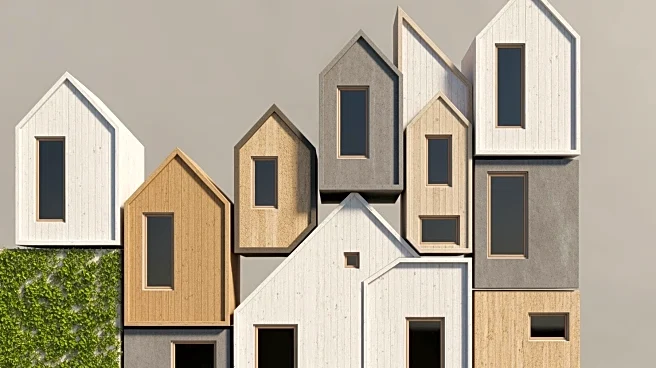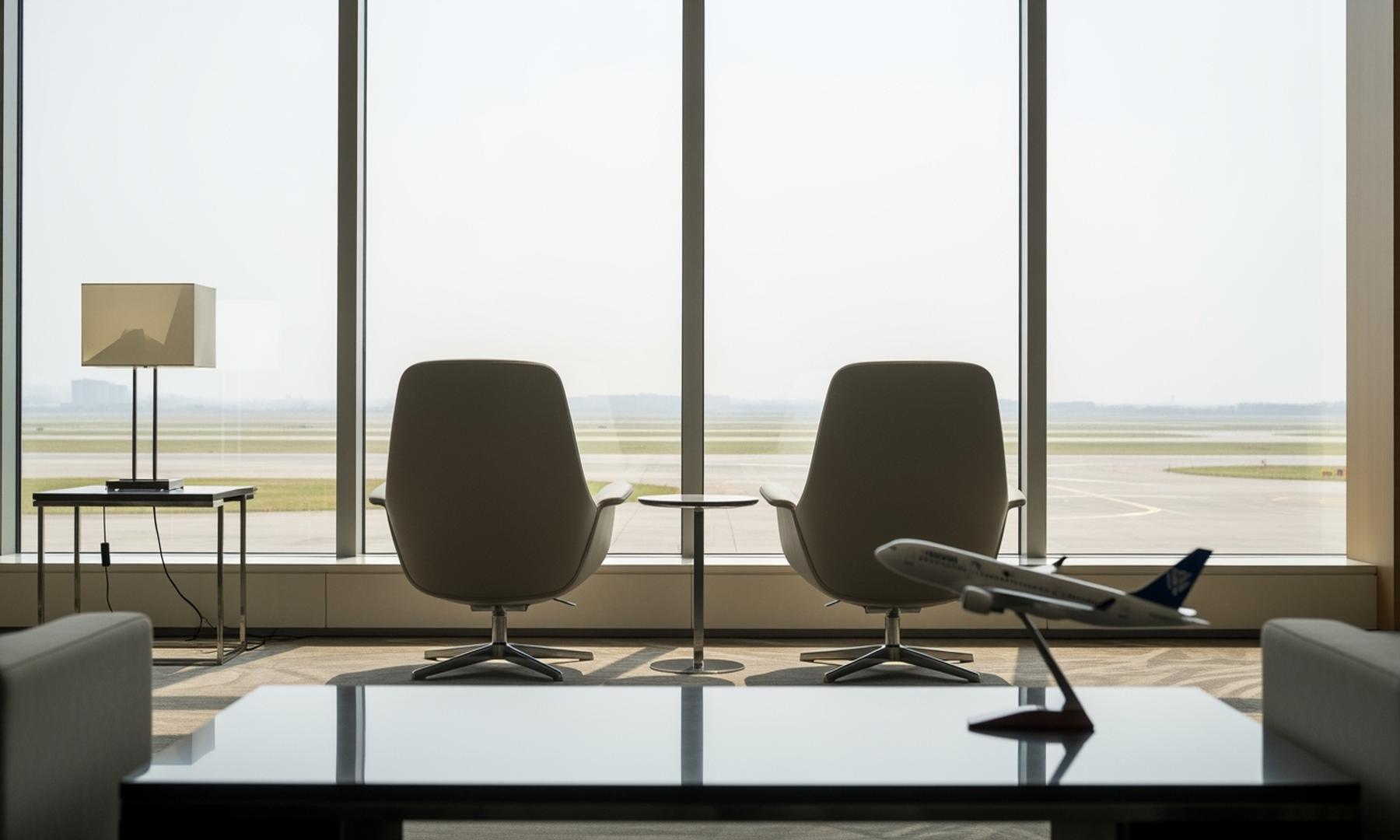What's Happening?
A Kenyan company, MycoTile, is utilizing mycelium, the root structure of mushrooms, to create sustainable building materials. These materials are being used to address Nairobi's significant housing shortage,
which is estimated to be at least 2 million units. MycoTile's panels, made from agricultural waste and mycelium, are more affordable than traditional building materials, costing about two-thirds less. The company produces approximately 3,600 square yards of these materials monthly. The panels are used for roof and wall insulation and interior decor, offering a cost-effective alternative to standard clay bricks. This innovation is part of a broader effort by Kenyan authorities to decarbonize construction and promote local-led sustainable building solutions.
Why It's Important?
The introduction of MycoTile's fungi-based panels is significant as it provides a sustainable and affordable solution to Nairobi's housing crisis. By reducing the cost of building materials, more people can afford to build homes, potentially reducing the number of individuals living in informal settlements. The use of mycelium-based materials also aligns with global efforts to reduce carbon emissions in the construction industry, which is a major contributor to environmental pollution. This innovation not only addresses housing needs but also supports environmental sustainability by utilizing agricultural waste and reducing the carbon footprint of construction materials.
What's Next?
As MycoTile continues to expand its production capabilities, it is likely to play a crucial role in Nairobi's housing market. The Kenyan government is supporting such innovations by providing access to facilities and resources, indicating a commitment to sustainable development. If successful, MycoTile's model could be replicated in other regions facing similar housing and environmental challenges. The company's approach may also inspire further research and development in sustainable building materials, potentially leading to broader adoption of eco-friendly construction practices.
Beyond the Headlines
The use of mycelium in construction highlights a growing trend towards biogenic materials, which are desirable for their low environmental impact. This shift could lead to long-term changes in the construction industry, promoting more sustainable practices globally. Additionally, the success of MycoTile could encourage other entrepreneurs to explore innovative uses of natural resources, fostering a culture of sustainability and innovation in developing countries.











